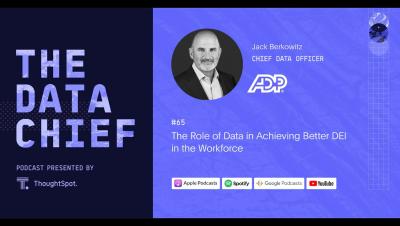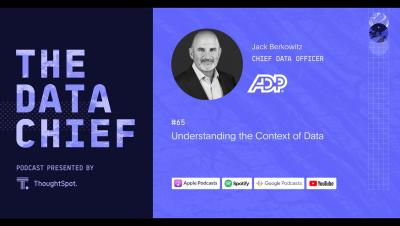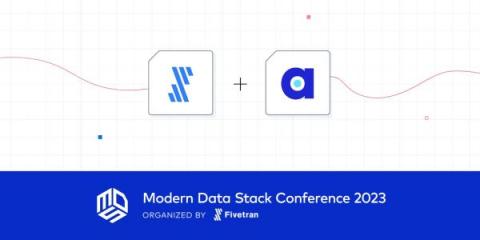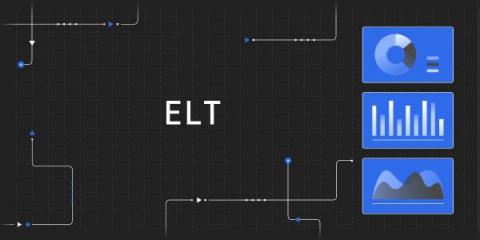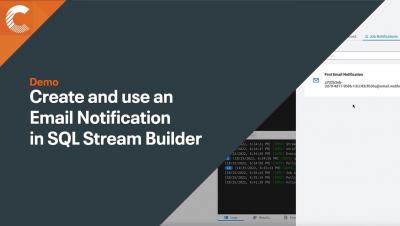Analytics
Understanding the Context of Data
Active metadata: Open the black box of your data pipelines
Data integration pipelines supply valuable data from producers to consumers, but even the best pipelines can break. Now what?
Making Text Part of the Equation
DataFinOps: Holding individuals accountable for their own cloud data costs
Most organizations spend at least 37% (sometimes over 50%) more than they need to on their cloud data workloads. A lot of costs are incurred down at the individual job level, and this is usually where there’s the biggest chunk of overspending. Two of the biggest culprits are oversized resources and inefficient code. But for an organization running 10,000s or 100,000s of jobs, finding and fixing bad code or right-sizing resources is shoveling sand against the tide.
How the Fivetran approach to data normalization cuts compute costs
Where your ELT provider normalizes your data can dramatically increase or decrease your compute costs.
Create and use an Email Notification in SQL Stream Builder
Unlocking Retail Location Data with CARTO and BigQuery
Retail companies can easily visualize and analyze their geospatial data in BigQuery using the CARTO platform.
IT & Text Analytics
Data Fabric Technology: Top 4 Reasons to Use It
Today, data is the lifeblood of every organization. Without it, you’re left without key insights into business processes, consumers, employees, and the overall health of your entire organization. And here’s the scariest part: most organizations are on life support due to their inability to properly manage their data and turn it into actionable insights. Data fabric technology can help in a significant way, which is why it’s been getting so much buzz recently.

